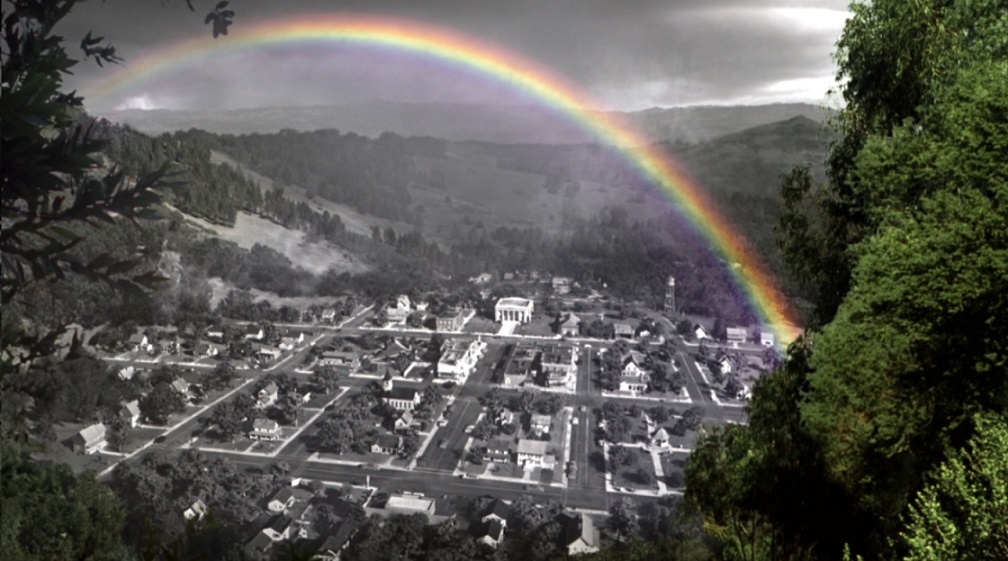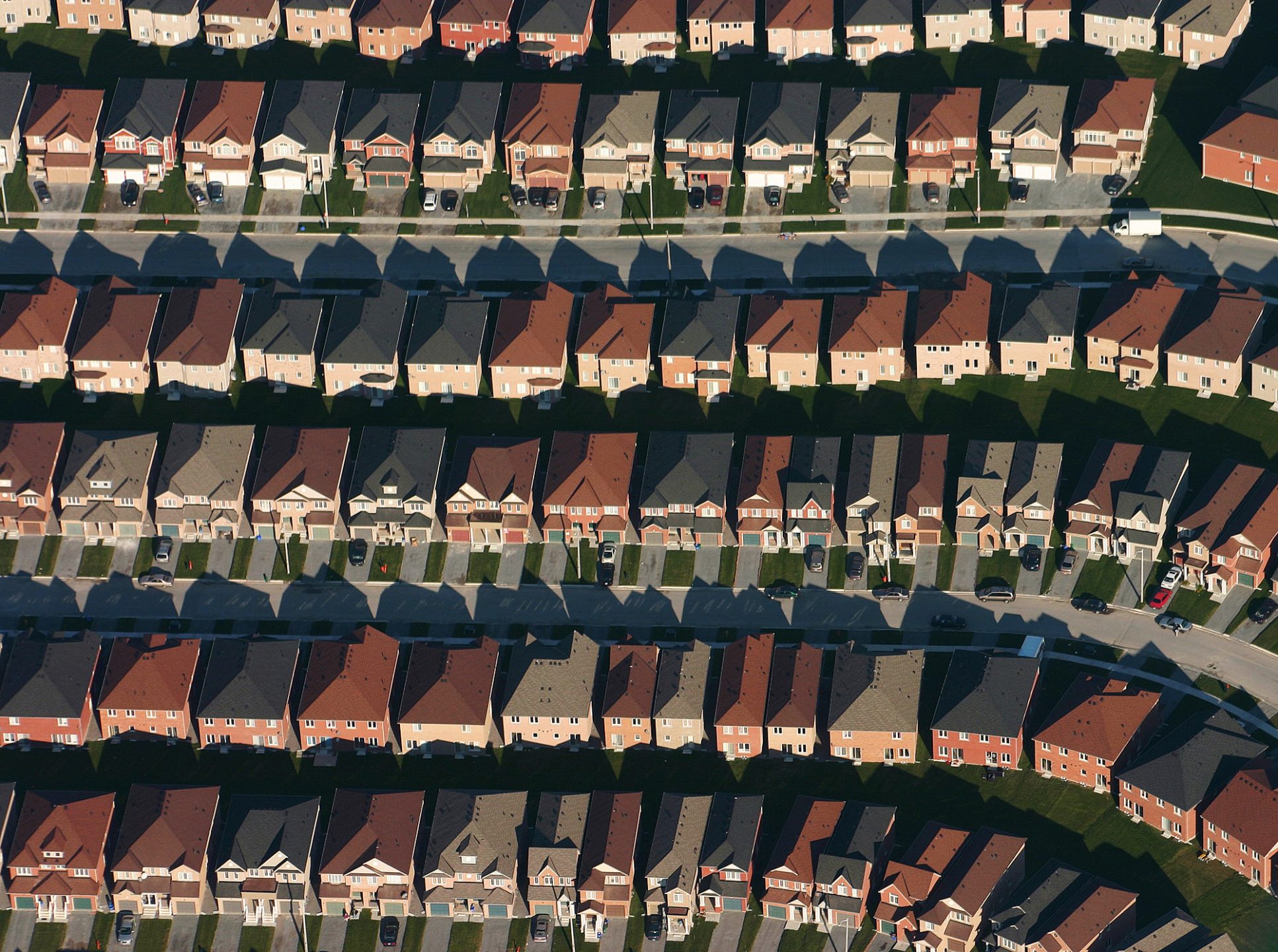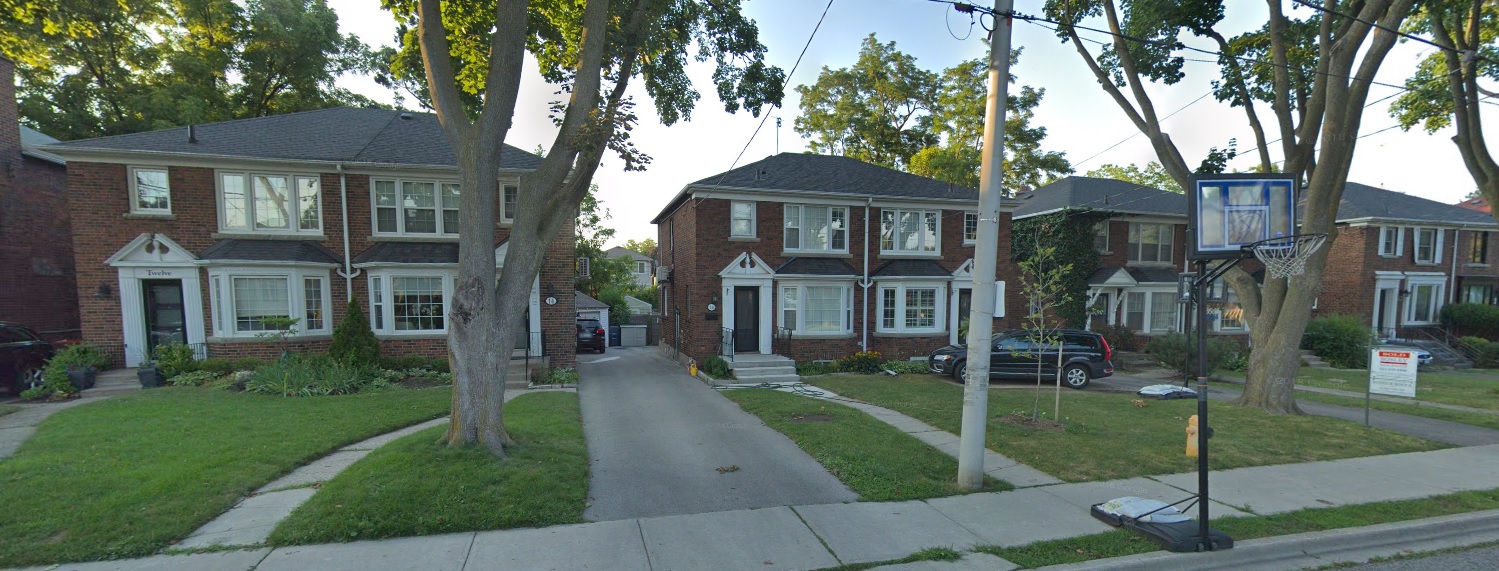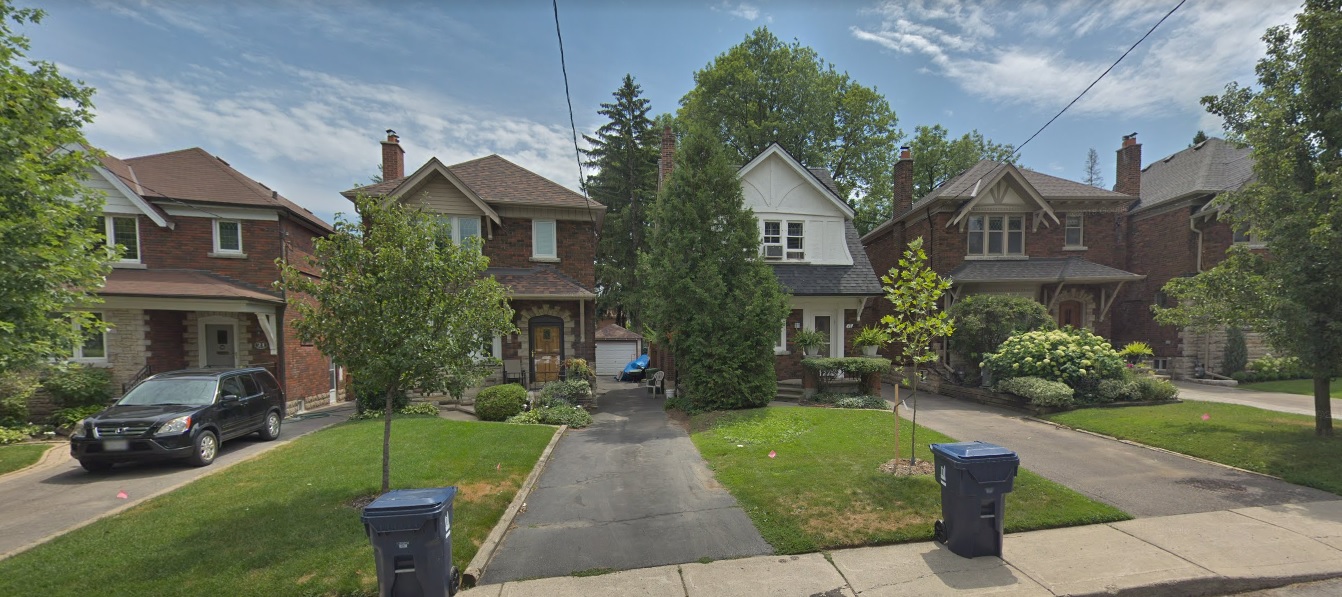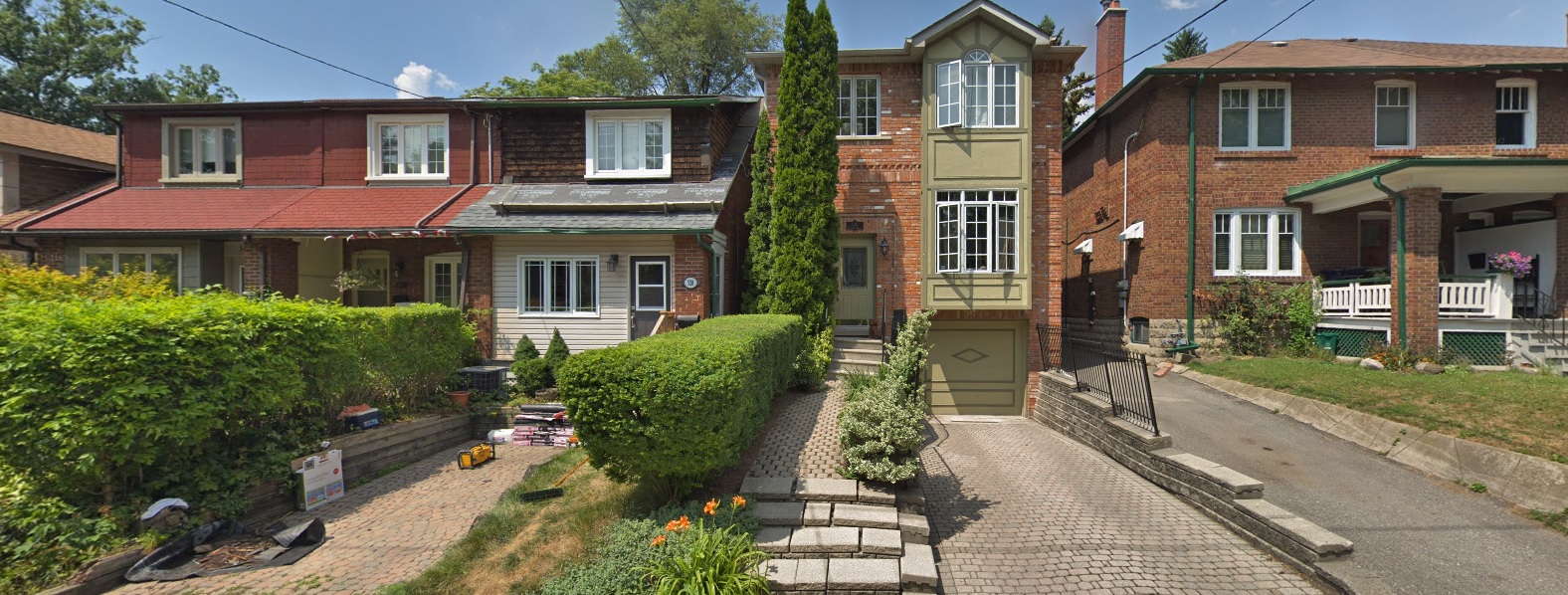TorontoRealtyBlog
This is fun!
I think through twelve years and 2,500 blog posts, I’ve actually never written about this before.
We’ve probably talked about it indirectly, but in terms of the actual level of homogeneity that exists on a street, today’s blog will be a first.
Now for those not aware, the definition as we recall from Grade-9 science:
ho-mo-ge-ne-ous
/ˌhōməˈjēnēəs/
adjective
Of the same kind; alike
“Timbermen prefer to deal with homogenous woods.”
Synonyms: similar, comparable, equivalent, like, analogous, corresponding, matching, kindred, related
Okay, so they look the same. You got it. No explanation needed.
Now if you’re like me, your biggest fear actually IS being the same, ie. as another person. I’ve never really wanted to “fit the mould,” and while I’m not exactly an outsider, I never aspired to conformity either.
But what about when it comes to your neighbourhood? And your house?
Do you want to live in an area where the houses look similar? Do you want them to look completely different?
Do you even care?
Very rarely will a new buyer-client describe their dream home and say, “I want a very homogeneous streetscape,” but it does happen from time to time.
What happens more often, however, is that once we’re out looking at houses, the buyer might say, “I don’t like the look and feel of this block as much as the last one.” So while the buyer might not use the word “homogenous” and might not even detail that he or she feels this block doesn’t have the feeling of similarity, the buyer looks back at the last block, and compares.
And that’s really when the concept of homogeneity is most apparent.
You don’t really know, or realize, how homogenous a street is until you’ve compared it to another one.
And for many buyers, this doesn’t even dawn on them until they’re out looking at houses.
Once upon a time, the neighbourhood that everybody wanted to live in looked something like this:
Yes, that is literally “Pleasantville.” As in, from the movie.
The only thing missing is a father coming home at 5:01pm, from the same job he’s had his whole life, to meet his two kids – one boy and one girl, and kissing his wife, who’s wearing a long, flowery dress, and who is waiting for the pot-roast in the oven.
Yeah, well, it’s 2019.
Even then, to be quite honest, those houses are far from identical. And I think the difficult point I’m trying to make is that while many buyers desire a homogenous streetscape, they also don’t want houses to look identical.
Think about something like this:
That photo above accurately portrays the house that many of you live in.
But it’s almost unavoidable in many areas of the city.
Most areas north of Toronto, ie. Markham, Stouffville, Woodbridge, Kleinberg, et al, are built exactly like this.
And while I hesitate to use the term “sub-division,” because it has such a negative connotation, I think virtually every neighbourhood in the GTA started, at one point or another, as a sub-division.
So while I’m not trying exclude those of you who live in the areas described above, recognizing that many neighbourhoods are built to look the same, I wanted to talk more about the streetscapes as they pertain to the central core.
Because here is where the homogeneity is valuable to some, and not to others.
My office is on Merton Street, so I figured I’d take a look at two areas nearby: Leaside, and Davisville Village.
Leaside is known for having the “tree-canopied streets” like you might find in The Kingsway or other notable Toronto negibhourhoods, and it’s romanticized to a level that some support, and others ignore. It’s also known for having a very homogenous streetscape, since the entire area was, believe it or not, built as a sub-division in the 1940’s.
Here’s a look at a row of semi-detached houses on Vanderhoof Avenue:
Note that there are eight houses pictured, and all eight look similar, if not the same.
All are semi-detached, all have the same widened-mutual driveway, and all are red-brick.
The first four houses all have the identical moulding above the front door.
So are these houses similar? Or are they too similar?
Do you see any difference here between this streetscape, and the proverbial “sub-division” pictured above?
And do you care? That’s the burning question I have today, because I honestly think that half of you, at least, will not care about streetscape.
So maybe those semi-detached houses are too similar.
Here’s a shot of detached houses on Fleming Crescent in South Leaside:
So there’s some variety here.
These are all detached houses, likely on identical 30-foot lots, all with private driveways.
But they’re not identical. Different colour bricks, different roof shapes, different landscaping – there’s more variety here than with the semi-detached houses.
So is this something you covet?
Maybe you don’t even know.
Which is why, as I alluded to at the start, most buyers need a comparison.
Consider the detached house here on Hillsdale Avenue in Davisville Village:
On the left of this detached house, we have three “rowhouses,” although I would argue only the one in the middle is a rownhouse, and the other two are semi-detached. But you get the idea – it’s a block of three houses attached. On the right of this detached house, we have two semi’s (the second not quite pictured – it’s too horizontal a photo).
So does this streetscape look “worse” than the one in Leaside?
Again, do you care?
Maybe this house is better/worse than the others, but I’m trying to decipher whether or not you, the would-be buyer, puts a value on homogeneity.
Now what if our detached house wasn’t in between rowhouses and semi’s?
What if it was in between something else?
Look at this house, also in Davisville Village:
On the left of this detached house are two semi-detached multi-unit dwellings.
And this is very common in Davisville Village, where you have a variety of housing types and styles.
You might find a detached house next to a purpose-built triplex, whereas you wouldn’t find that on the east side of Bayview.
So do you value this detached house any less than the ones above, all things considered equal?
And here’s where the concept of “value” gets interesting, because if the subject property were identical in all of these cases, then we would be assessing value based on other houses around it.
Let’s look at one more:
Here we have, starting from the left, two semi-detached houses that look like that 1970’s/1980’s era, then a purpose-built triplex that’s ugly as hell, then an A-frame detached, then a 1 1/2 storey, then what looks like an A-frame bungalow but also might be a 1-1/2 storey.
How do you feel about this streetscape?
For those of you who were leaning toward the “I really dont’ care about homogeneity” side of the argument, do you still feel the same way?
Can you tell me, in all honesty, that if you picked up your dream home and put it down in the middle of this block that you wouldn’t care what surrounds it?
As you can tell from my tone, I believe there is a value to the streetscape, and I do believe that some level of homogeneity creates value.
How much value is the question.
Anybody have the answer?
The post How Important Is A Homogenous Streetscape? appeared first on Toronto Realty Blog.
